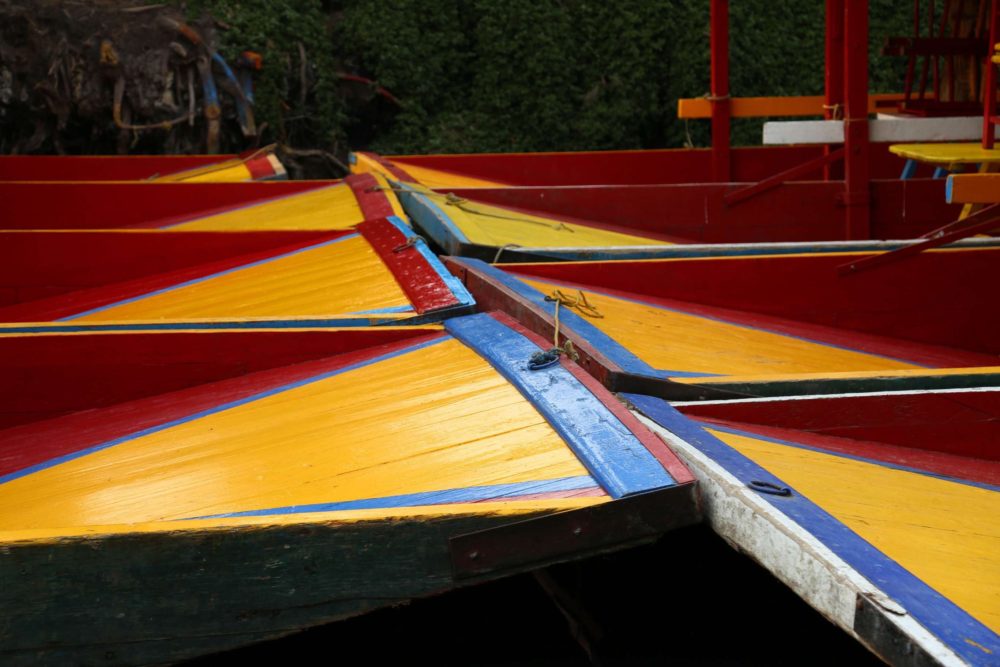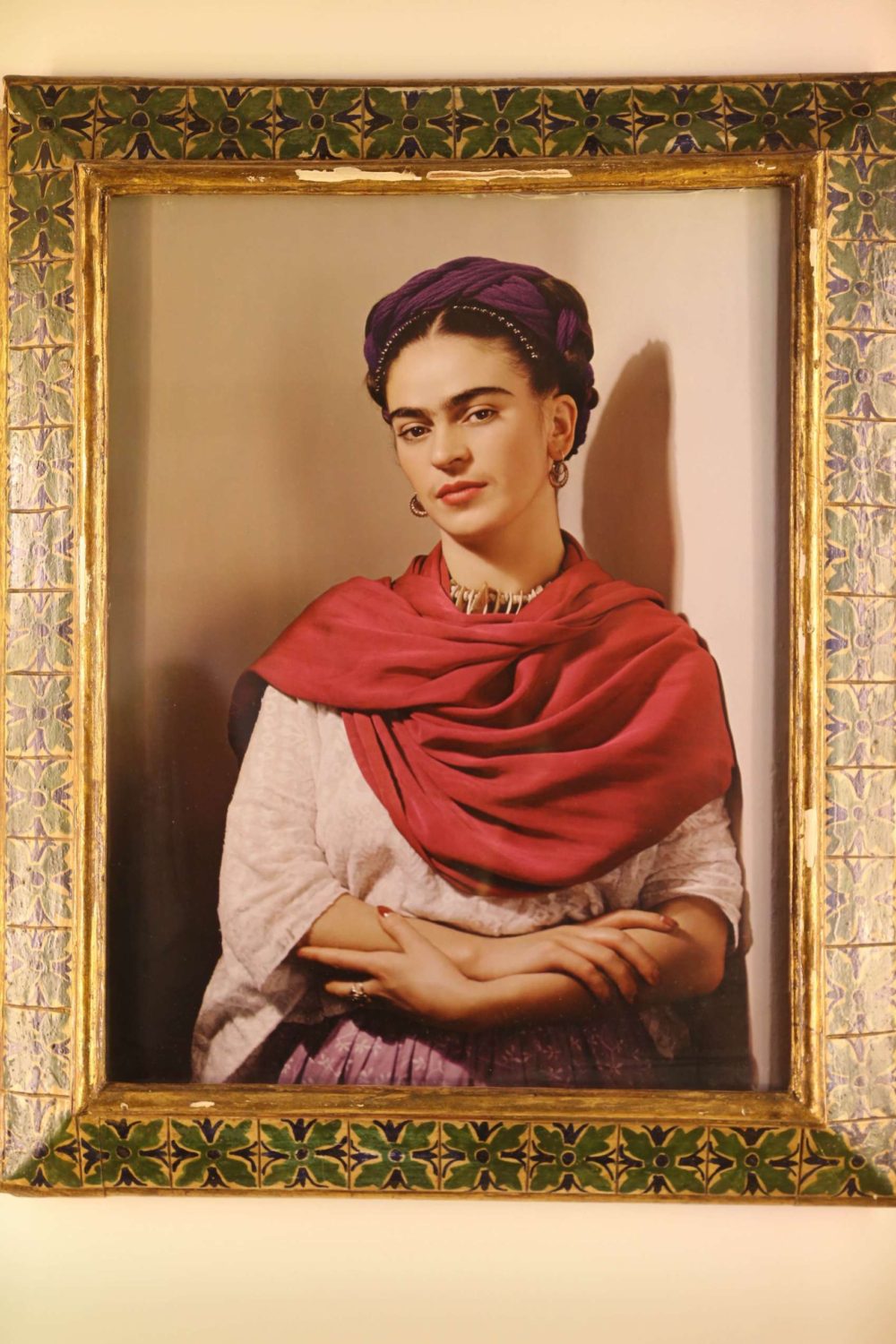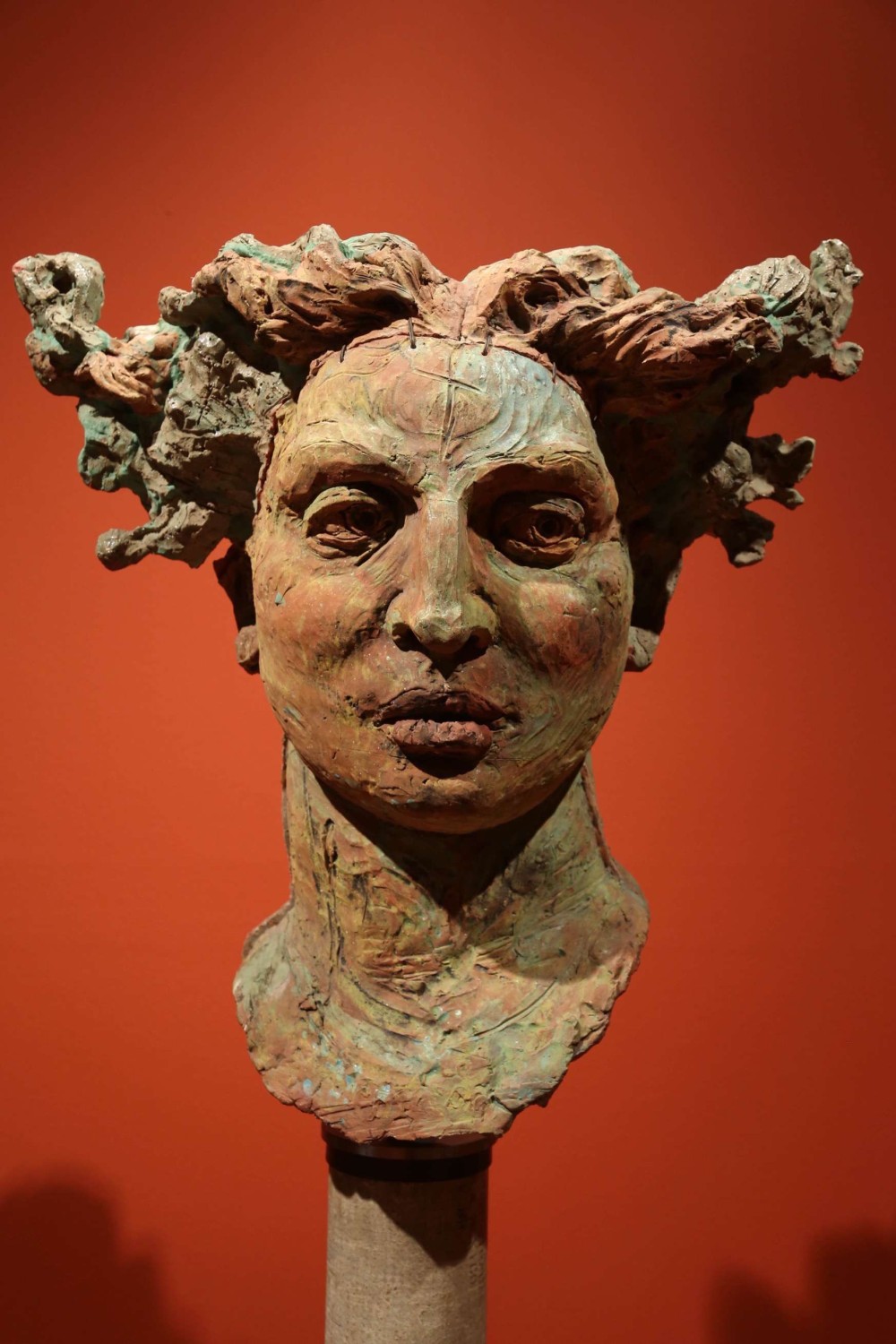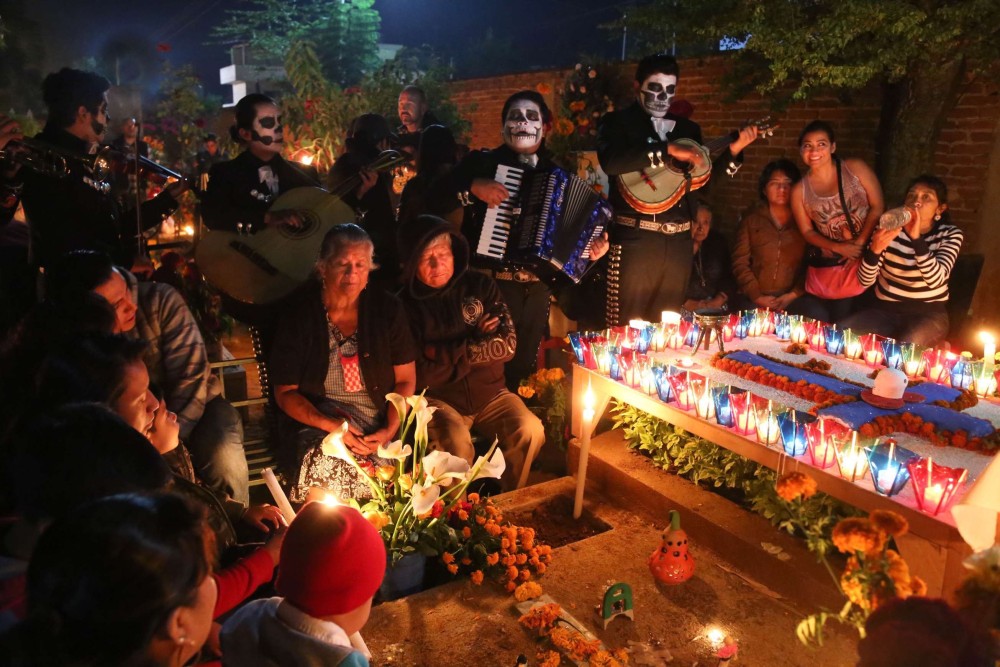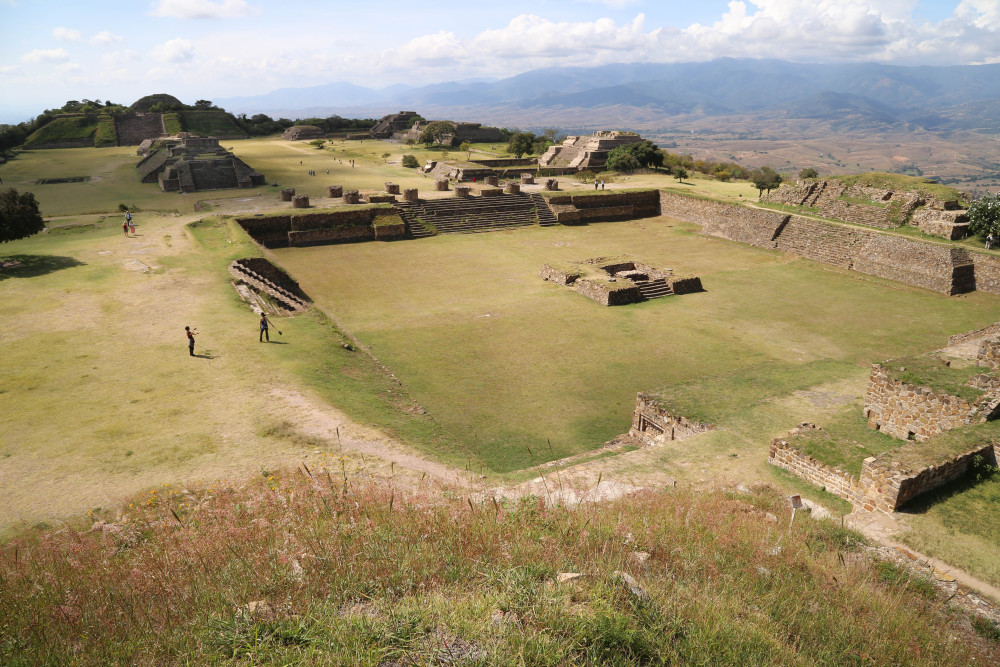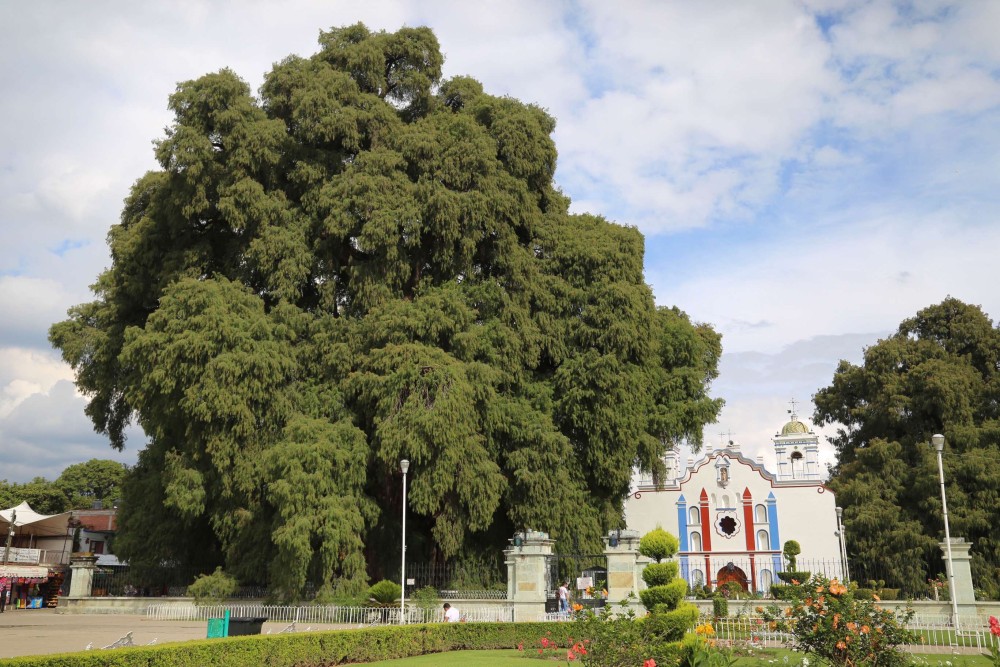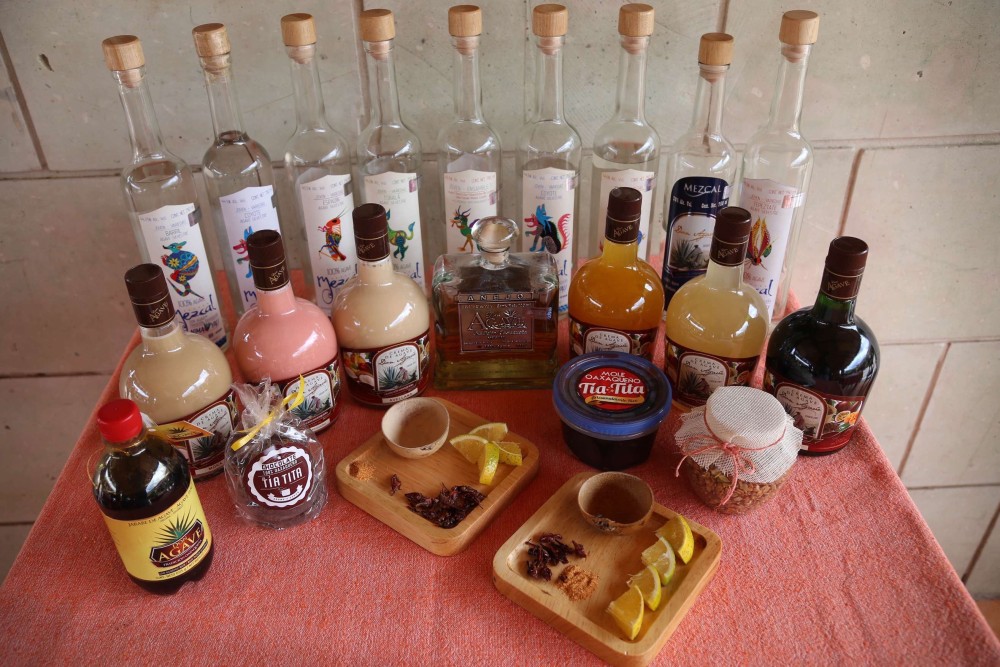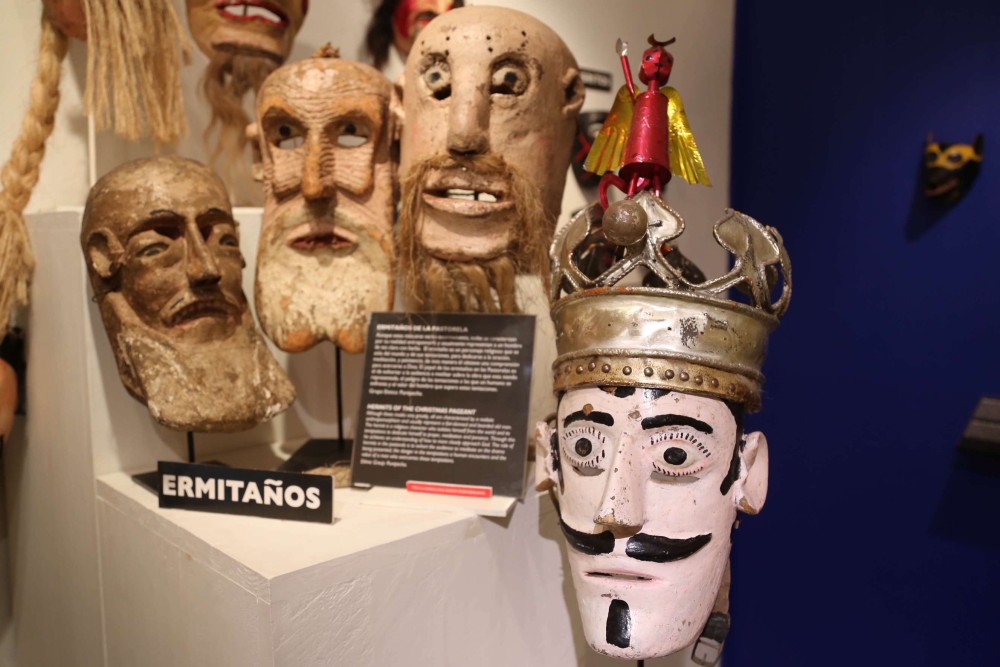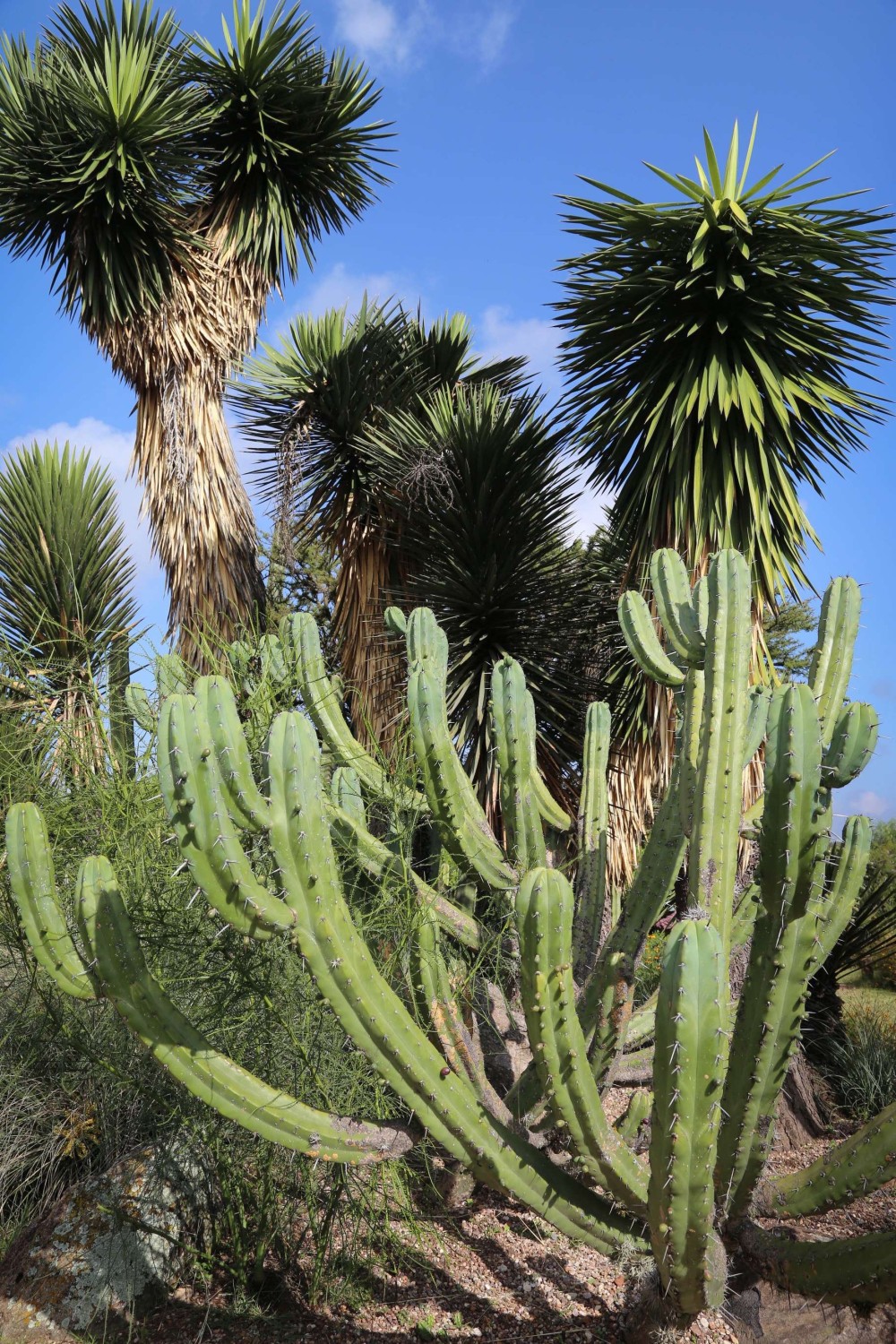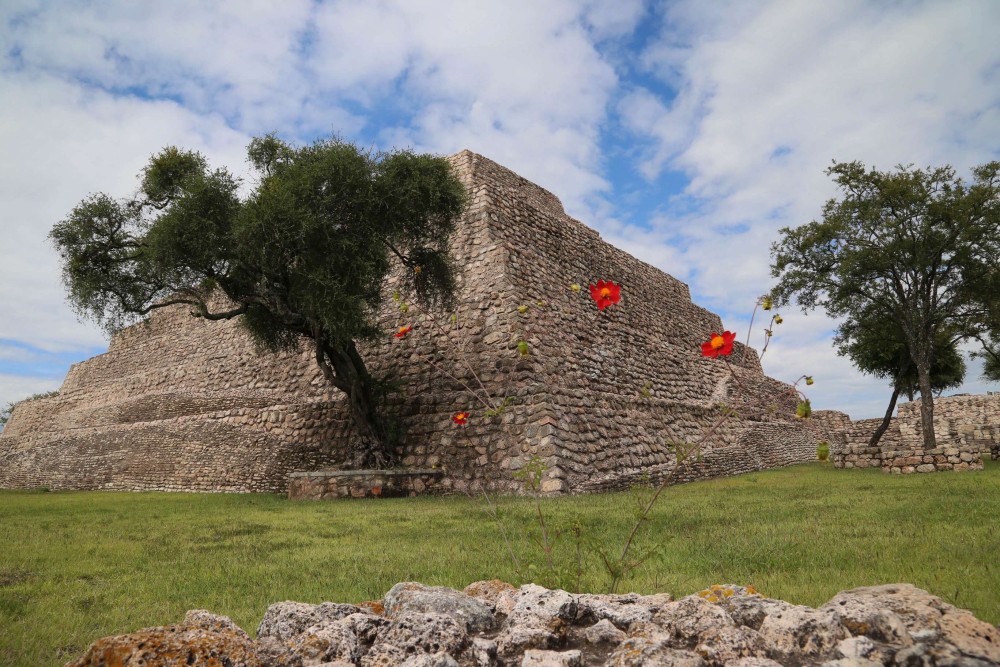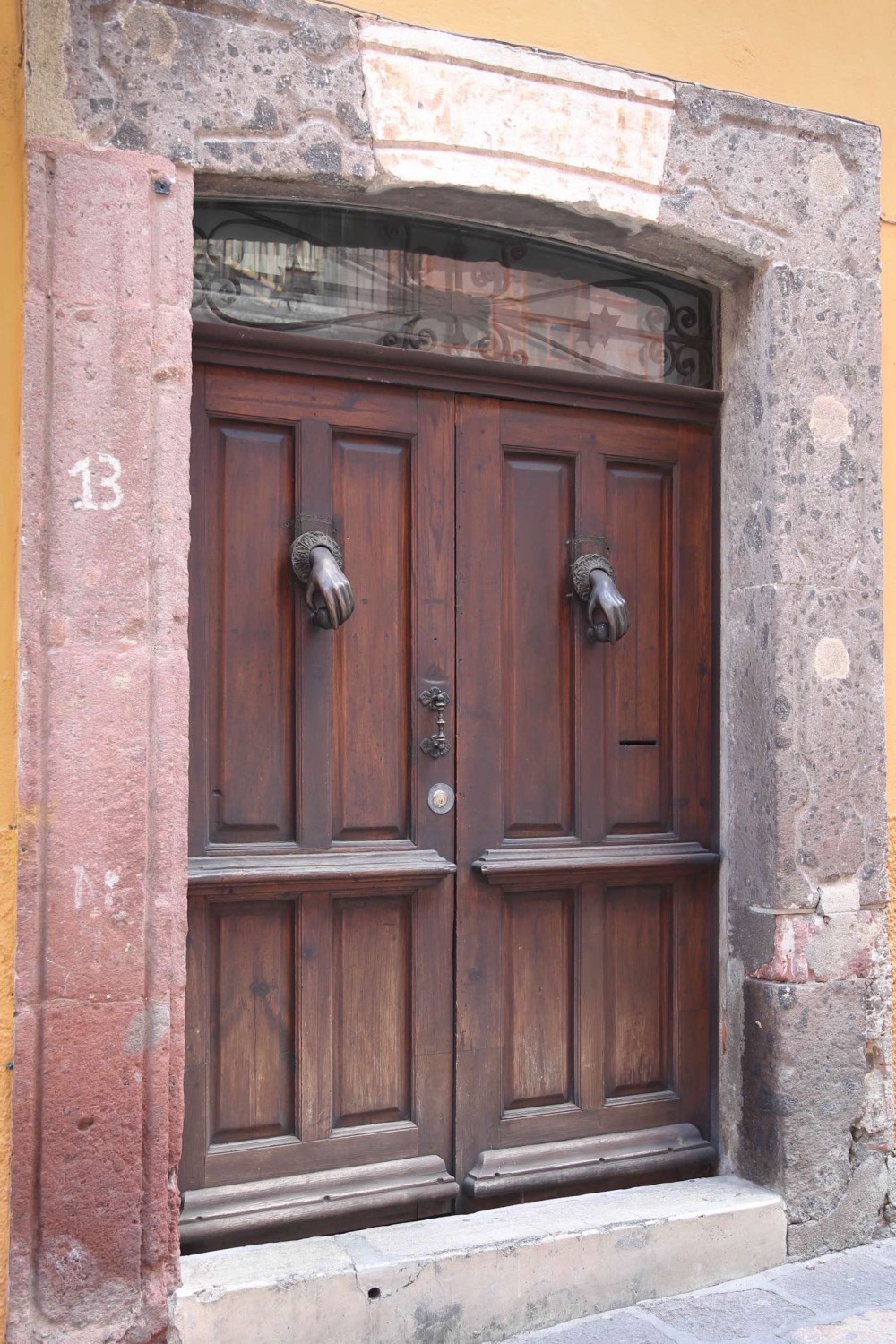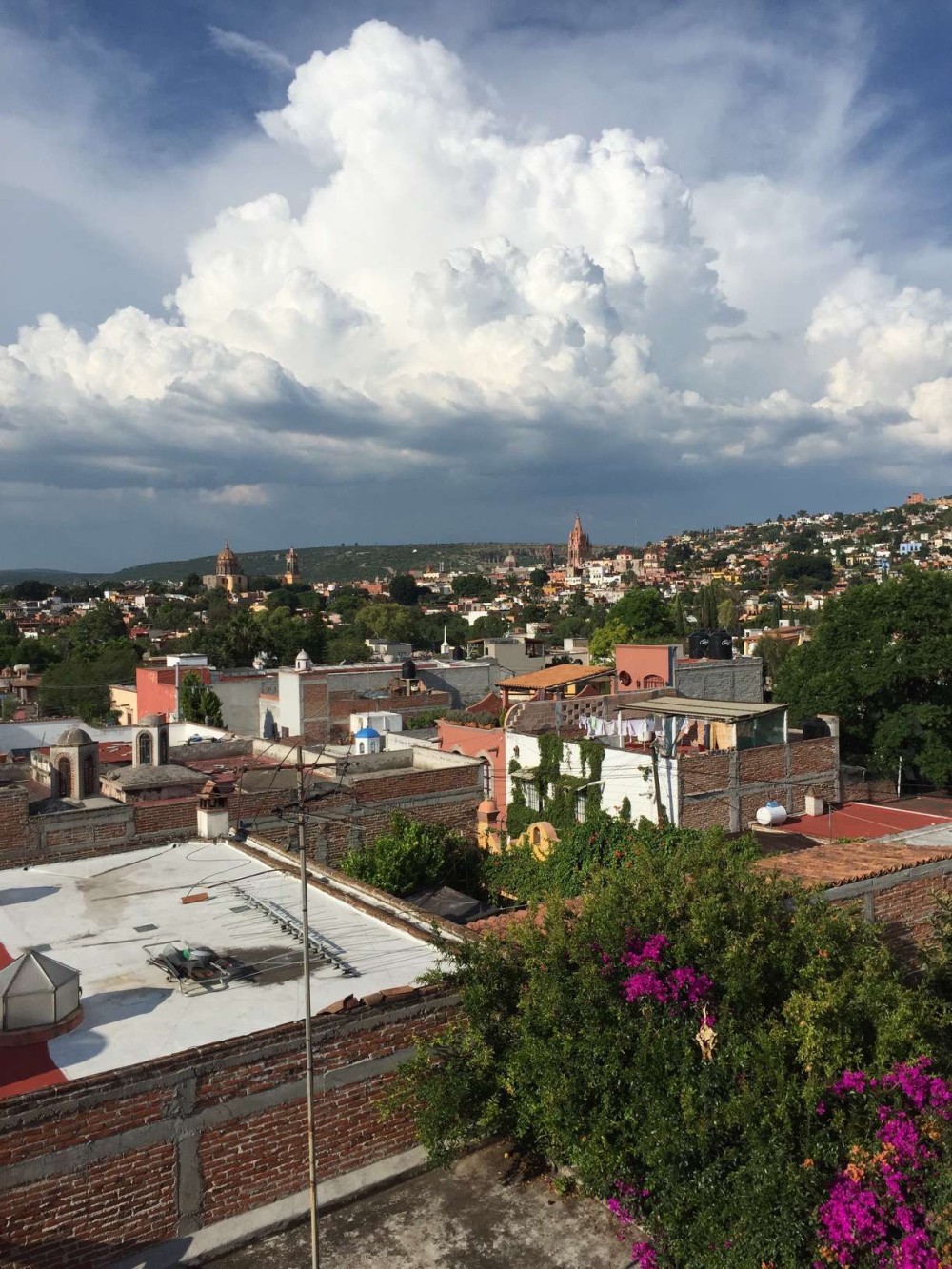Mexico City offers plenty for both locals and visitors to enjoy but perhaps one of the more distinctive experiences would be time spent at Xochimilco where, for hundreds of years, 110 miles of canals that separate floating islands is an enchanting place where people grow flowers, food, and sustain their families.
Today, this UNESCO World Heritage Site (designated in 1987) is still a popular destination for Mexicans, and an intriguing stop for international visitors. The best way to experience Xochimilco (zo-shi-mil-koh) is by floating along in flat-bottomed boats called “trajinera” that silently glide atop the water powered only by expert operators who propel them with long wooden poles.
